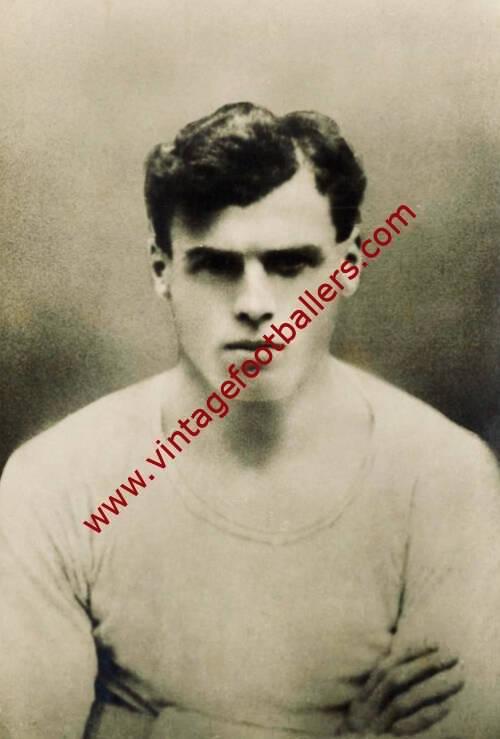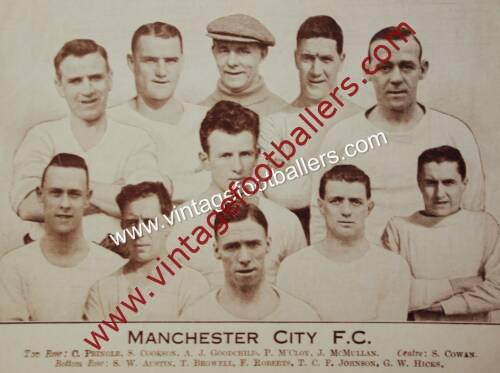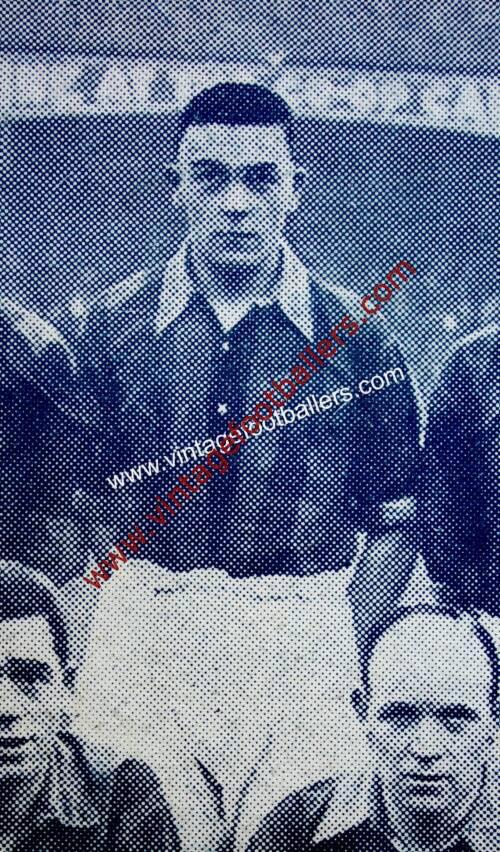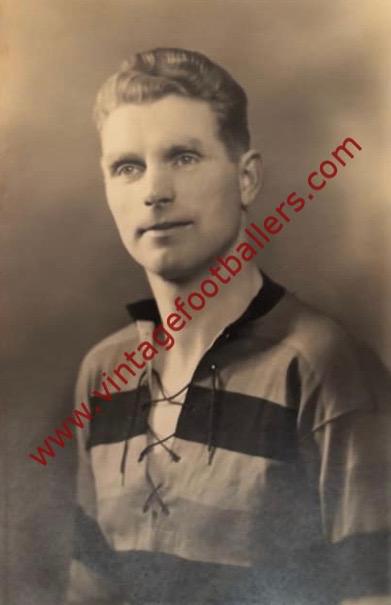Please choose your photo size from the drop down menu below.
If you wish your photo to be framed please select Yes.
Note: 16″x 20″not available in a frame.
Images can also be added to accessories. To order please follow these links
£8.95 – £49.95
Please choose your photo size from the drop down menu below.
If you wish your photo to be framed please select Yes.
Note: 16″x 20″not available in a frame.
Images can also be added to accessories. To order please follow these links
Born in St Helens, Lancashire, Murphy’s speed gave him local renown in his youth, when he became known among pigeon keepers for the haste with which he reported the arrivals of birds. He was also a talented cross country runner, running for the Peasley Cross Harriers club. The club was disbanded at the start of the First World War, and Murphy turned his attention to football. He signed for Manchester City from Alexandra Victoria on 2nd February 1918, as an amateur. He made several appearances for the club in the wartime Lancashire League, including an appearance against Everton in which he scored in the first minutes to consign the Toffees to their first defeat of the season. He also played for Liverpool as a wartime guest. When competitive football returned after the end of the war, Murphy turned professional, making his League debut against Bolton Wanderers on 13th September 1919, and a further 37 appearances that season.
In the 1919-20 season, Murphy scored nine goals in 41 appearances as Manchester City finished as runner-up in the League. his performances resulted in interest from the Irish Football Association, who prompted by Murphy’s Irish-sounding surname wrote to enquire about his birthplace. In his reply, Manchester City manager Ernest Mangnall wrote “He comes from St Helens, where the pills come from”. Murphy was a regular on the Manchester City left wing for six seasons, making the 1924 FA Cup semi final with Manchester City where they were beaten by eventual winners Newcastle United at St Andrew’s, but by 1925-26 he was no longer first choice, making only 9 appearances and not being selected for the 1926 FA Cup Final, and on 18th August 1926, having scored 31 goals in 220 appearances for Manchester City, he joined Southampton for £350. Murphy was brought to the South coast by new manager Arthur Chadwick and, by Christmas 1926, prospects looked good as the Saints were only two points behind the Division Two leaders, with Murphy linking up well with centre forward Bill Rawlings. A reporter for the local newspaper described Murphy as “cute, quick and clever”. The New Year saw a slump in the team’s performances and by the end of the season they had fallen back to 13th place in the table. They did, however, have a good run in the FA Cup, reaching the semi-finals where they went out to Arsenal at Stamford Bridge, with Murphy appearing in all the Cup matches.
In the 1926-27 season, in which he linked up well with Sam Taylor and Stan Woodhouse on the left, Murphy only missed one league match, scoring four goals. The following season saw Murphy continuing on the left-wing until early March when he lost his place to Stan Cribb. Although he regained his place for the start of the 1928-29 season, Cribb once again replaced him and Murphy only made the occasional appearance before being released at the end of the season, with Saints having recruited Johnny Arnold to fill the left wing position. In his time with The Saints, Murphy made a total of 81 appearances, scoring 9 goals. After leaving the Dell he joined Oldham Athletic for £100, with Reg Watson going in the opposite direction. He spent one season at Oldham scoring once in 2 games in December 1929, before joining his final League club Tranmere Rovers where he made a mere 3 appearances, after which he joined non-league Ellesmere Port Town in 1932.
NB in the photograph Murphy heads towards the Newcastle United goal in either late April or early May 1923.
| Weight | N/A |
|---|








